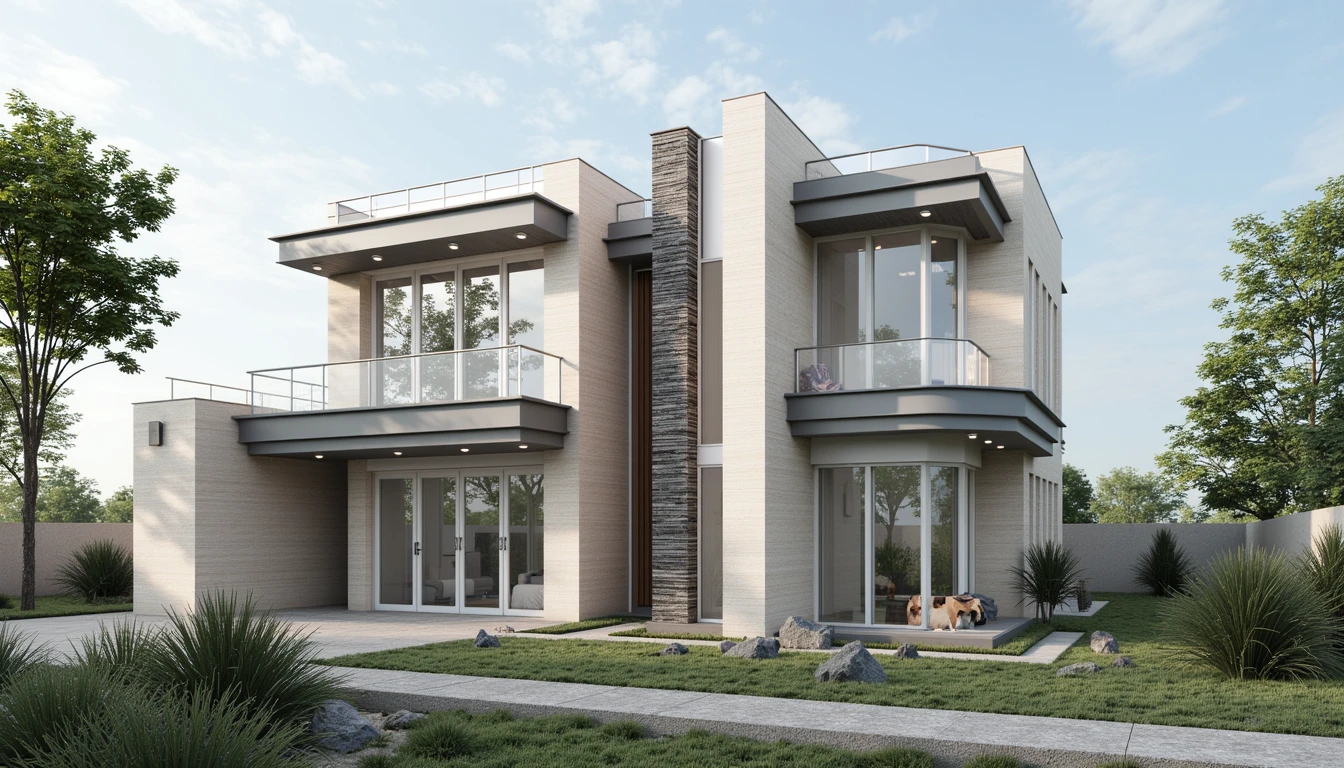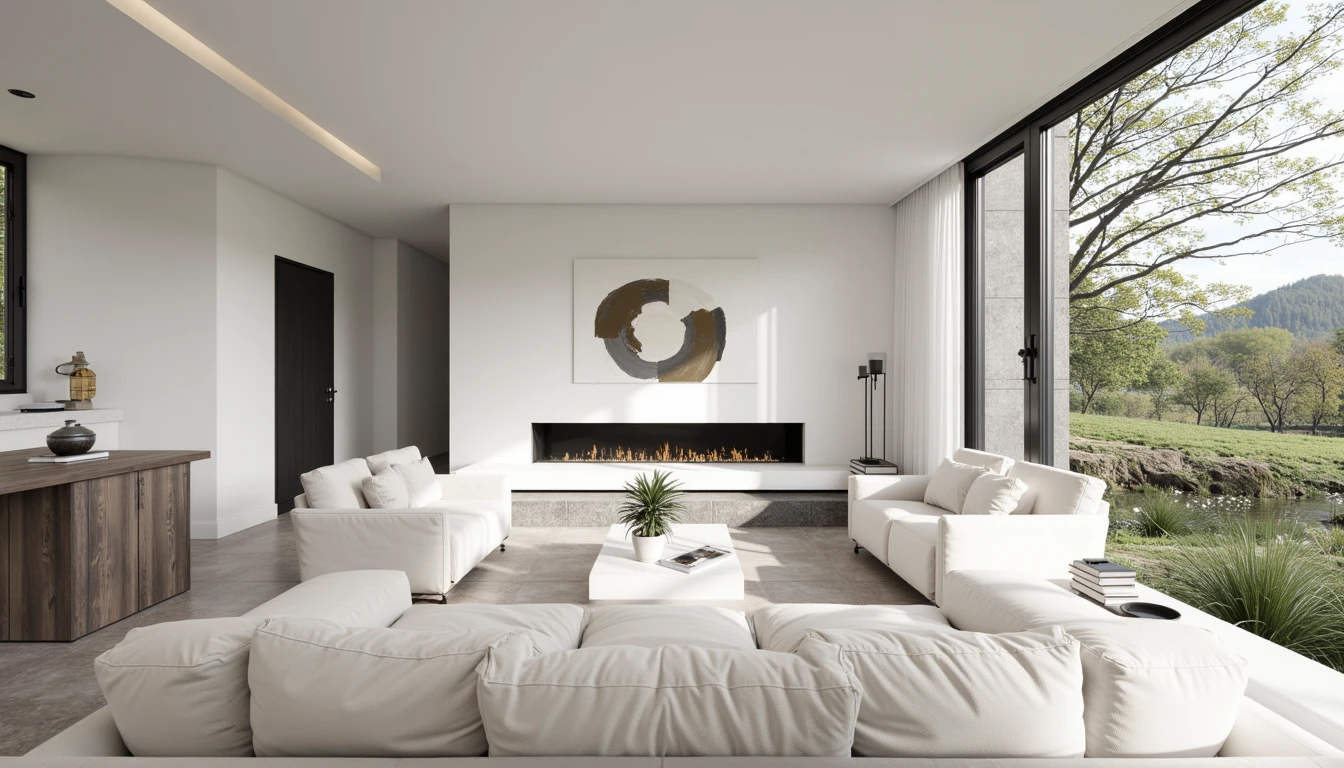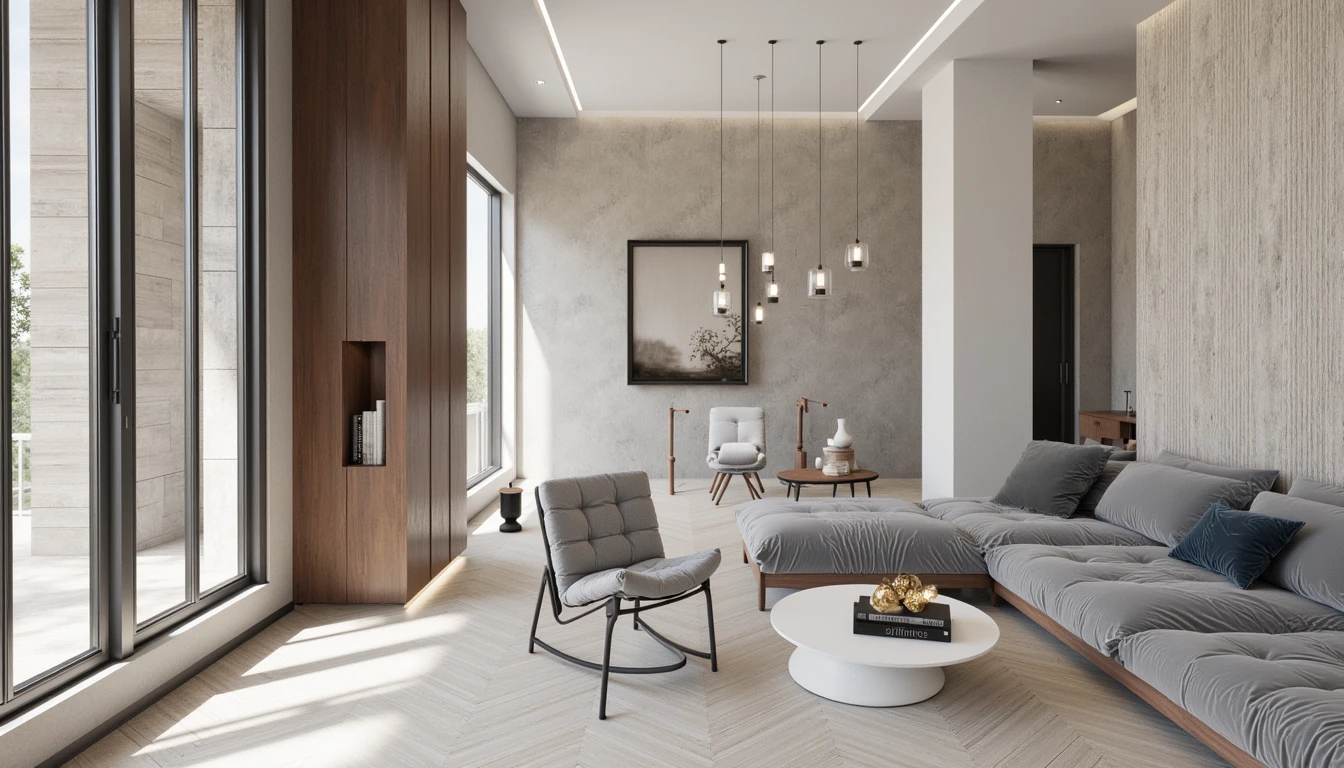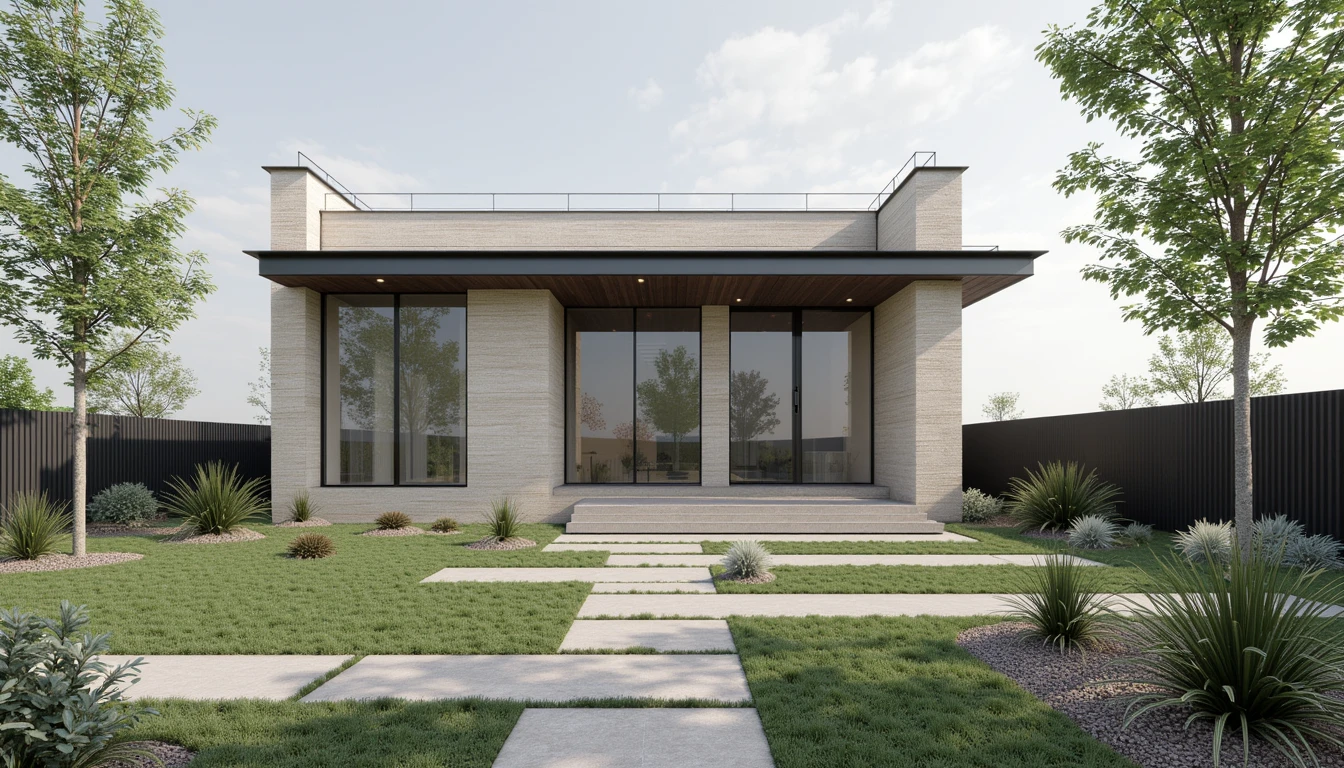Introduction

The real estate industry is constantly evolving, and technology plays a crucial role in its transformation. Virtual staging has emerged as a powerful tool for property marketing, offering a cost-effective and efficient alternative to traditional staging. By utilizing advanced 3D modeling and rendering techniques, virtual staging allows potential buyers to visualize a property's full potential, even if it's empty or unfurnished. This innovative approach is revolutionizing how properties are marketed and sold, providing a significant advantage to real estate agents, developers, and homeowners.
Understanding Virtual Staging
What is Virtual Staging?
Virtual staging involves digitally furnishing an empty or sparsely furnished property using realistic 3D models. This process creates high-quality images and virtual tours that showcase the property's potential and appeal to a wider audience. Unlike traditional staging, which can be expensive and time-consuming, virtual staging offers a flexible and affordable solution.
Benefits of Virtual Staging
Virtual staging offers numerous benefits, including cost-effectiveness, speed, and flexibility. It allows for quick and easy changes to the design and layout, catering to different buyer preferences. Moreover, it eliminates the need for physical furniture and the logistical challenges associated with traditional staging.
The Impact of Virtual Staging on Property Marketing

Enhanced Visual Appeal
Virtual staging transforms empty spaces into inviting homes, capturing buyers' attention and sparking their imagination. By showcasing a property's potential, virtual staging helps buyers envision themselves living in the space, leading to increased interest and faster sales.
Wider Reach and Engagement
High-quality virtual staging images and tours can be easily shared online, expanding a property's reach and attracting a broader audience. This wider exposure increases the chances of finding the right buyer quickly.
Increased Conversion Rates
Studies have shown that properties with virtual staging tend to sell faster and at higher prices. By providing a realistic and engaging experience, virtual staging helps convert potential buyers into actual homeowners.
Types of Virtual Staging
Partial Staging
Partial staging involves adding a few key furniture pieces to an existing space, enhancing its visual appeal without completely redesigning it. This approach is ideal for properties that are partially furnished or have some existing decor.
Full Staging
Full staging involves furnishing an entirely empty space, creating a complete and cohesive design. This approach is particularly effective for vacant properties, allowing buyers to visualize the space fully furnished.
Redesign Staging
Redesign staging involves virtually redesigning an existing space, updating its look and feel to appeal to contemporary buyers. This approach can involve changing wall colors, flooring, and furniture styles to create a more modern and attractive space.
The Future of Virtual Staging

Integration with AR/VR
The integration of virtual staging with augmented reality (AR) and virtual reality (VR) technologies is transforming the way buyers experience properties. AR/VR allows for immersive virtual tours, enabling buyers to explore a property as if they were physically present.
AI-Powered Design Tools
Artificial intelligence (AI) is playing an increasingly important role in virtual staging, enabling automated furniture placement and design suggestions. These AI-powered tools streamline the staging process and offer personalized design options.
Personalized Virtual Staging Experiences
The future of virtual staging will likely involve personalized experiences tailored to individual buyer preferences. By analyzing buyer data and preferences, virtual staging solutions can create customized designs that resonate with specific target audiences.
Choosing the Right Virtual Staging Solution
Factors to Consider
When choosing a virtual staging solution, consider factors such as image quality, turnaround time, pricing, and customer support. It's essential to select a provider that offers high-quality visuals and a seamless experience.
Evaluating Virtual Staging Providers
Research and compare different virtual staging providers, looking at their portfolios and client testimonials. Choose a provider with a proven track record and a commitment to quality.
Virtual Staging Best Practices
High-Quality Photography
Start with high-quality photographs of the property. Well-lit and professionally shot images are crucial for creating realistic and appealing virtual staging.
Accurate Floor Plans
Accurate floor plans are essential for creating accurate and proportional virtual staging designs. Ensure that the floor plans are precise and up-to-date.
Targeted Design Styles
Consider the target audience and choose design styles that appeal to their preferences. Tailoring the design to the target demographic can significantly enhance its effectiveness.
Conclusion
Virtual staging is transforming the property marketing landscape, offering innovative solutions for real estate professionals and homeowners. By leveraging the power of 3D visualization and technology, virtual staging enhances visual appeal, expands reach, and increases conversion rates. As the PropTech industry continues to evolve, virtual staging will undoubtedly play an increasingly important role in shaping the future of real estate marketing.
The Role of Architects in Virtual Staging

Understanding Spatial Design
Architects possess a deep understanding of spatial design and can provide valuable insights for virtual staging projects. Their expertise in optimizing space and creating functional layouts can enhance the realism and appeal of virtual staging designs.
Collaborating with Virtual Staging Professionals
Architects can collaborate with virtual staging professionals to create compelling and accurate visualizations. This collaboration can lead to more effective marketing materials and enhanced buyer engagement.
Measuring the ROI of Virtual Staging
Tracking Key Metrics
Track key metrics such as time on market, conversion rates, and sales prices to measure the return on investment (ROI) of virtual staging. This data can provide valuable insights into the effectiveness of virtual staging strategies.
Analyzing Market Trends
Analyze market trends and compare the performance of virtually staged properties with traditionally staged or unstaged properties. This analysis can help demonstrate the value and impact of virtual staging.